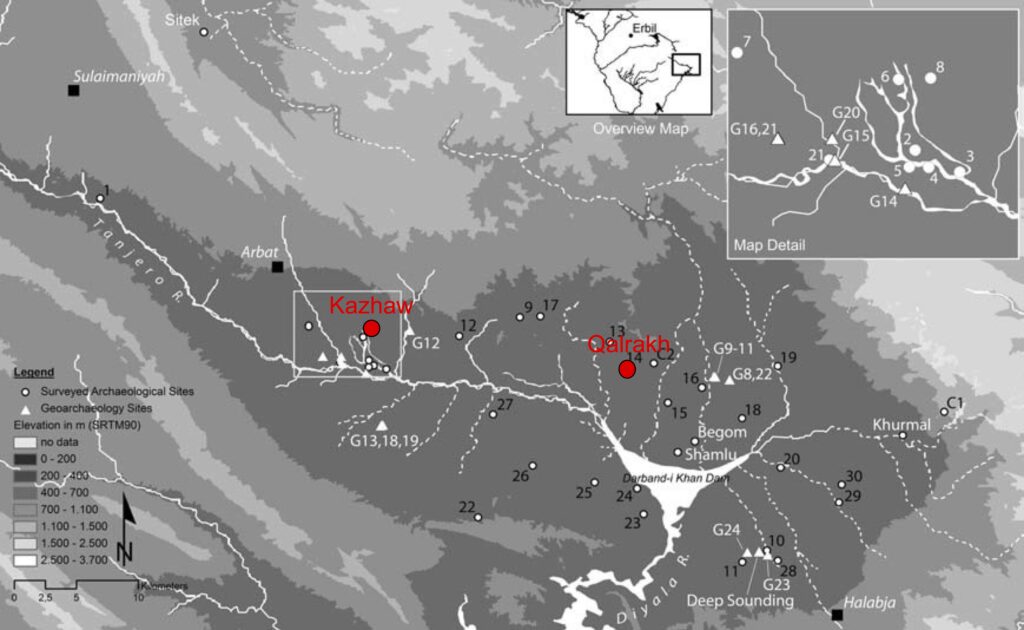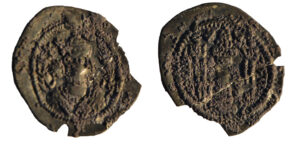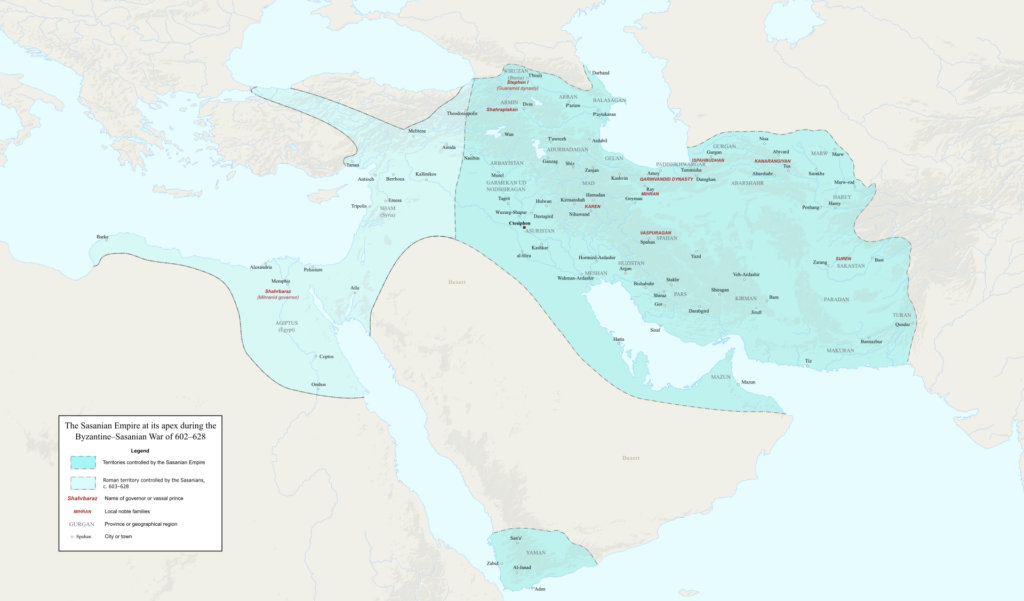Sasanian-era rural communities. Case studies in the Shahrizor-plain (Iraqi-Kurdistan)
Sasanian-era rural communities. Case studies in the Shahrizor-plain (Iraqi-Kurdistan)
Laufzeit: seit 2023
Projektleitung: Dr. Alexander Tamm
Finanzierung: Sasanian-Era Rural Communities (SERC), Deutsche Forschungsgemeinschaft (DFG), Verein zur Förderung archäologischer Grabungen im Vorderen Orient (ENKI e.V.)
Project description
Although numerous archaeological sites of the Sasanian period are known today, the number of investigated places is – compared to other periods of Near Eastern history and pre-history – still modest. Previous research has focused almost exclusively on prominent places and larger complexes such as palaces, sanctuaries, larger cities or fortifications, but also estates of the rural nobility. In contrast, villages and other types of rural communities of the Sasanian period are a bit of a blank point in archaeological research. Thus, our general knowledge about small, rural sites, feeding and supplying the urban centres in the Sasanian period remains insufficient.
The Shahrizor plain

Following a phase of almost 30 years without any possibilities for archaeological research in north-eastern Iraq, the Shahrizor plain has increasingly moved into the archaeological focus since 2009. It is known from textual sources that the Shahrizor was assigned to the province of Media in Sasanian times, i.e. it was administered from the east. On the other side, the existence of a diocese with affiliation to the Metropolitanate of Beth Garmai with its center in Karka d’Beth Slokh (modern Kirkuk) is well attested in numerous texts. Especially Kavad I (488–496 & 498–530 CE) seems to have devoted some of his attention to the Shahrizor, as the foundation of the city of Syrazur – the administrative centre in Sasanien times – is attributed to him. Other sources referring to the Shahrizor date from the Islamic period, but contain numerous references to the Sasanian era.

This situation makes the region an interesting showcase for questions on Sasanian settlements, their landscape setting, typology and economic as well as cultural and religious networks. Of particular importance for this project are reconstructions of the environment in the Shahrizor itself and in nearby regions, even if these are focused on other periods. Their results can indicate a corresponding situation in the mid-first millennium CE.
So far, more than 270 sites of different periods have been mapped during the Shahrizor Survey Project and many of them were explored – e.g. Bestansur, Bakr Awa, Shamlu, Yasin Tepe. Among those, the survey includes 17 sites of the Sasanian period. However, until today only the sites of Gird-î Qalrakh and Gird-î Kazhaw did reveal substantial Sasanian settlement layers during excavations in the Shahrizor itself.
Aims of the Project
The overall aim of the project is an archaeological investigation into rural communities of the Sasanian period in the Shahrizor plain. Due to the concentration of Sasanian archaeology on larger centres, our knowledge of rural sites is based primarily on surveys and a series of rescue excavations at small sites. The project thus constitutes fundamental work in a long-neglected field within Sasanian archaeology connected to archaeological fieldwork in a most vibrant area of study in Northern Iraq.
The objectives are structured on three levels: On a micro level (locally) aspects of daily life in the Sasanian period will be investigated on the basis of archaeological fieldwork and the material remains of two neighboring sites in the Shahrizor plain – Qalrakh and Kazhaw. They probably represent different types of rural communities – a village, a monastery, and a small fortification – with relevant strata and material readily available in the field. In connection with established theoretical approaches for internal settlement analyses, the direct comparison of the two sites will provide further insights into the internal spatial, social and economic organization of the agrarian foundations of Sasanian society in the region studied in this project.
On a middle-range level (regionally), the integration of the two sites within the immediate surroundings of the Shahrizor plain and adjacent valleys will be investigated. Of major importance are results of the Shahrizor Survey Project and data from nearby sites as e.g. Rostam or Sitak. The stratified material from Kazhaw and Qalrakh will help to develop a more detailed consideration of the survey material in particular in terms of dating. This, in turn, allows to better understand the significance of Qalrakh and Kazhaw on the regional level using established theoretical approaches of settlement analyses. Comparisons with other sites in the vicinity will allow an extension of the local settlement network beyond the Shahrizor plain proper.
On the macro level (supraregionally) it has to be evaluated to what extent the two primary sites can serve as references for rural sites in the neighboring regions of northern Mesopotamia and western Iran, which are marked by differing landscapes. On basis of an outlook comparisons on the supra-regional level should also be used to examine possible connections to urban centers in the adjacent regions and to what extent similarities and differences to daily life in rural communities in more distant regions can be asserted on basis of the find material. 
Sasanian Pottery from Kazhaw.

In sum, the two sites are deemed most suitable to answer some long neglected issues in the archaeology of the Sasanian empire and its economy from local to interregional levels. With a focus on rural settlements, the projects carries on a more recent, overall research agenda, which moves away from urban centres to local villages, acknowledging the fact, that agrarian communities in pre-modern societies are responsible and almost a prerequisite for the wealth and growth of a flourishing empire.
